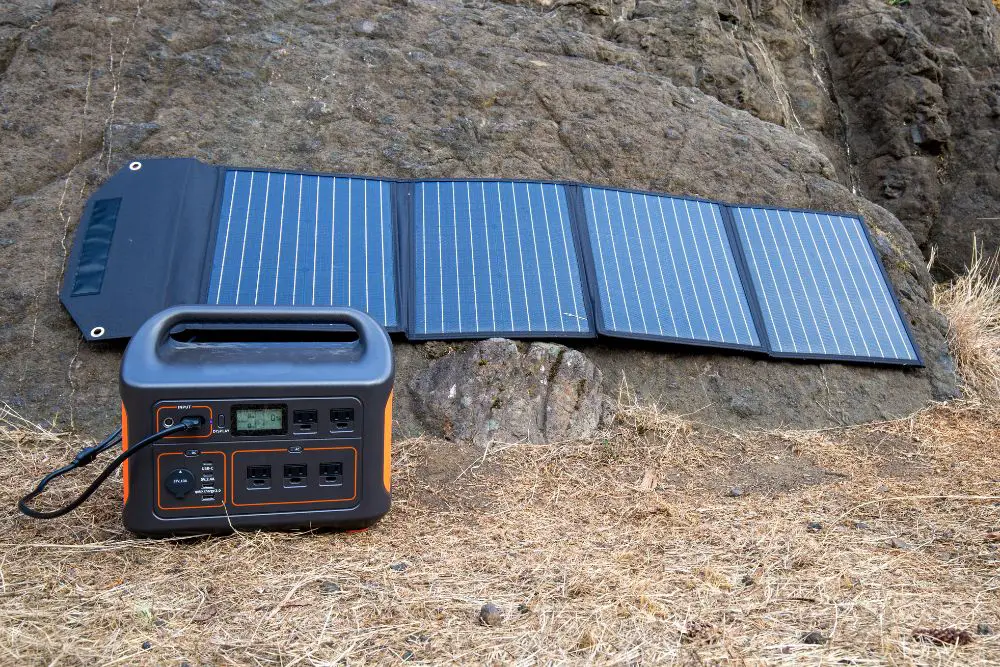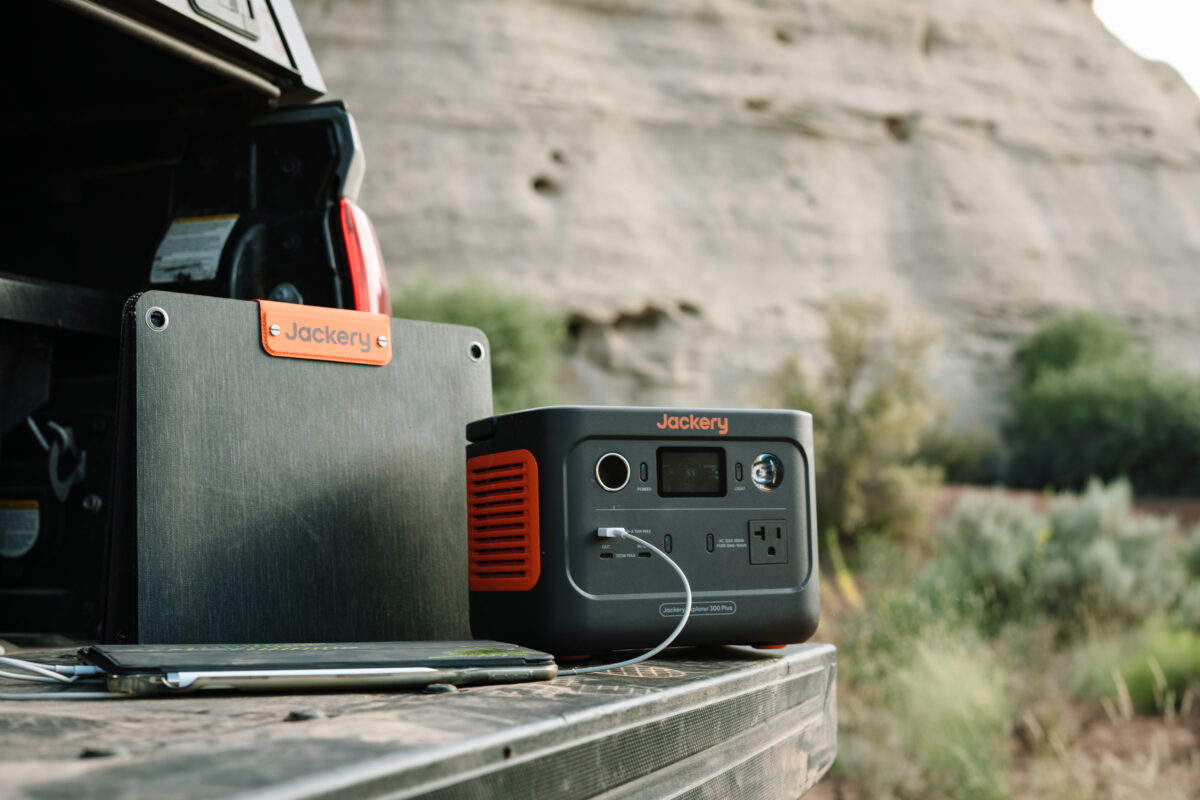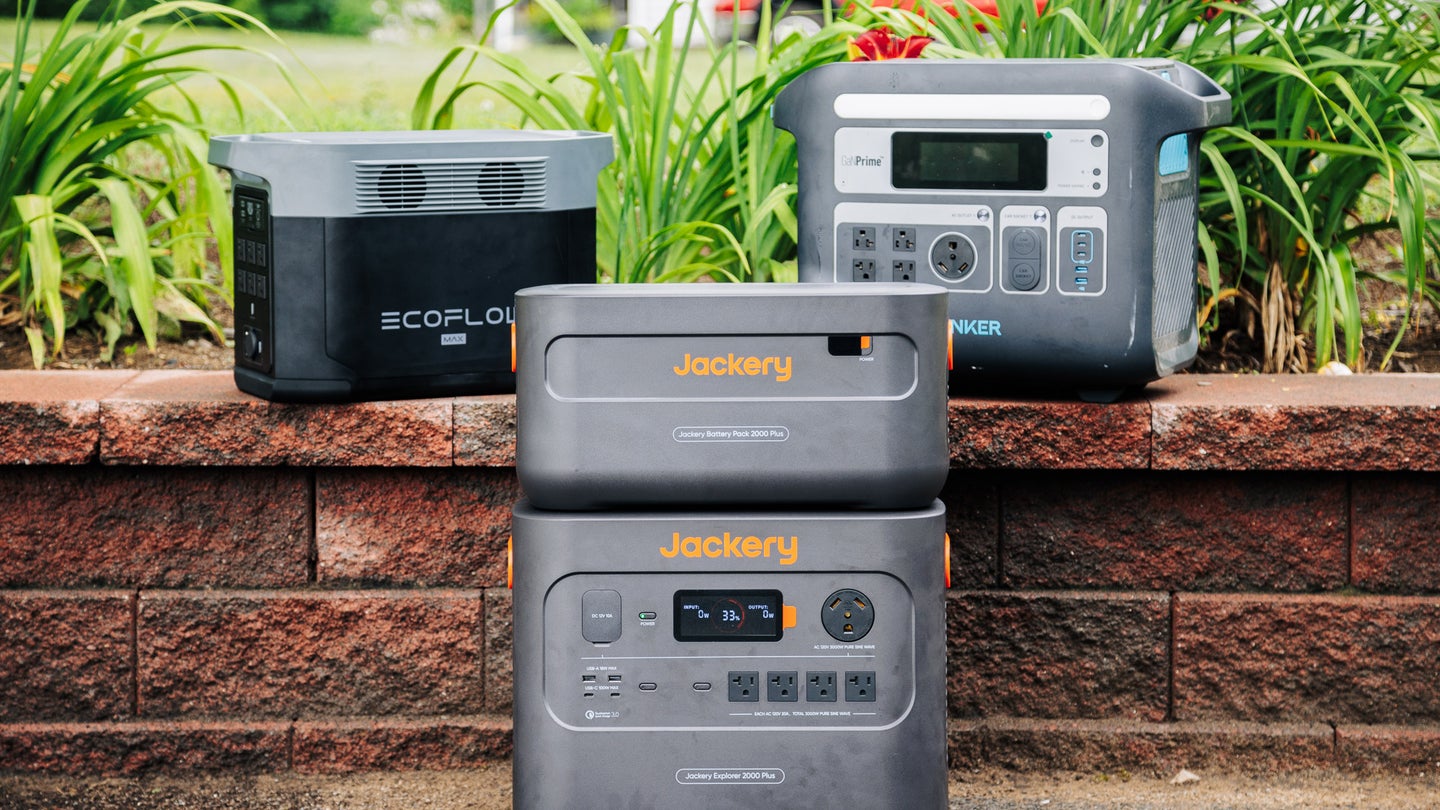Introduction
In An Era Where Sustainable Energy Solutions Are Gaining Prominence, Portable Solar Generators Have Emerged As Versatile And Eco-Friendly Power Sources. This Guide Explores The Intricacies Of Portable Solar Generators, From Understanding Their Components To Choosing The Right One For Your Needs. Join Us On A Journey Through The World Of Solar Power, Where Mobility Meets Sustainability.
Unveiling The Concept: What Is A Portable Solar Generator?
- Definition And Purpose: A Portable Solar Generator Is A Compact, Self-Contained Unit That Utilizes Solar Panels To Capture And Convert Sunlight Into Electricity. Its Primary Purpose Is To Provide A Convenient And Sustainable Power Source For Various Devices And Appliances, Especially In Off-Grid Or Emergency Situations.
- Key Components: Portable Solar Generators Typically Consist Of Solar Panels, A Charge Controller, A Battery Bank, An Inverter, And Various Outlets For Electrical Connections. Each Component Plays A Crucial Role In Harnessing And Distributing Solar Energy.
How Portable Solar Generators Work: The Mechanism Unveiled

- Solar Panel Functionality: Solar Panels, Usually Mounted On The Generator, Capture Sunlight And Convert It Into Direct Current (DC) Electricity Through Photovoltaic Cells. The Efficiency Of Solar Panels Determines How Much Sunlight Can Be Converted Into Usable Electrical Energy.
- Charge Controller: The Charge Controller Regulates The Voltage And Current From The Solar Panels To Prevent Overcharging And Ensure Optimal Charging Efficiency. This Component Is Crucial For Protecting The Battery Bank From Potential Damage.
- Battery Bank: The Electricity Generated By The Solar Panels Is Stored In A Battery Bank. Commonly Using Lithium-Ion Batteries For Their High Energy Density, These Banks Store The Solar Energy For Later Use When The Sun Is Not Shining.
- Inverter Operation: The Inverter Converts The Direct Current (DC) Stored In The Battery Bank Into Alternating Current (AC), Which Is The Standard Form Of Electricity Used By Most Household Appliances And Electronic Devices.
Applications And Use Cases: Where Portable Solar Generators Shine
- Camping And Outdoor Adventures: Portable Solar Generators Are Invaluable For Camping Trips, Providing A Clean And Quiet Power Source For Lighting, Charging Electronic Devices, And Running Small Appliances, Enhancing The Outdoor Experience.
- Emergency Power Backup: In Case Of Power Outages Or Emergencies, A Portable Solar Generator Can Serve As A Reliable Backup Power Source For Essential Devices Like Phones, Medical Equipment, Or Small Appliances, Ensuring Continuity During Unexpected Situations.
- Remote Work And Off-Grid Living: For Individuals Engaged In Remote Work Or Those Living Off-Grid, Portable Solar Generators Offer A Sustainable And Independent Power Solution. They Provide Reliable Electricity For Laptops, Communication Devices, And Other Essentials.
- Events And Outdoor Celebrations: Hosting Events In Areas Without Readily Available Power Becomes Seamless With Portable Solar Generators. They Can Power Sound Systems, Lighting, And Other Equipment Without The Need For Noisy And Polluting Gas Generators.
Choosing The Right Portable Solar Generator: Factors To Consider

- Power Output Requirements: Determine The Power Needs Of Your Devices And Appliances To Select A Generator With An Appropriate Power Output. Consider Both Continuous Power Requirements And The Occasional Surge Power Needed During Device Startup.
- Battery Capacity: The Battery Capacity Of A Portable Solar Generator Dictates How Long It Can Provide Power Before Needing To Recharge. Assess Your Usage Patterns And Select A Generator With A Battery Capacity That Aligns With Your Needs.
- Portability And Weight: Since The Essence Of These Generators Lies In Their Portability, Consider Their Weight And Dimensions. Opt For A Model That Strikes A Balance Between Being Lightweight For Easy Transport And Having Sufficient Power Capacity.
- Charging Options: Evaluate The Charging Options The Generator Offers. Some Models Allow Charging Through Solar Panels, Wall Outlets, And Even Vehicle Chargers. A Versatile Charging System Enhances The Generator’s Usability In Various Situations.
Benefits Of Portable Solar Generators: Illuminating The Advantages
- Environmentally Friendly: Portable Solar Generators Generate Electricity Without Emitting Harmful Pollutants Or Greenhouse Gases. Their Clean And Renewable Energy Source Contributes To A Reduced Carbon Footprint.
- Quiet Operation: Unlike Traditional Gas Generators, Portable Solar Generators Operate Quietly. This Makes Them An Ideal Choice For Outdoor Activities, Campsites, Or Any Situation Where Noise Pollution Is A Concern.
- Low Operating Costs: Once Acquired, The Operating Costs Of A Portable Solar Generator Are Minimal. Solar Energy Is Free, And The Maintenance Costs Are Typically Lower Compared To Traditional Generators That Require Fuel And Regular Servicing.
- Ease Of Use: Portable Solar Generators Are Designed With User-Friendliness In Mind. They Often Feature Plug-And-Play Functionality, Allowing Users With Minimal Technical Knowledge To Harness Solar Power Effortlessly.
Installation And Usage Tips: Maximizing Your Portable Solar Generator

- Optimal Solar Panel Placement: Place The Solar Panels In An Area With Maximum Sunlight Exposure. Regularly Clean The Panels To Ensure Optimal Energy Absorption, And Consider Adjustable Mounts To Optimize The Angle For Different Times Of The Day.
- Conserving Power: Conserve Power By Using Energy-Efficient Appliances And Turning Off Devices When Not In Use. Additionally, Consider Using Power Strips To Easily Disconnect Multiple Devices At Once, Reducing Standby Power Consumption.
- Battery Maintenance: Regularly Check The Battery’s Charge Level And Follow The Manufacturer’s Guidelines For Maintenance. Avoid Letting The Battery Fully Discharge, As This Can Impact Its Overall Lifespan.
- Understanding Inverter Limits: Be Aware Of The Inverter’s Capacity And Avoid Overloading It. If The Power Requirements Exceed The Inverter’s Rating, Prioritize Which Devices To Power And Consider Upgrading To A Generator With A Higher Power Output If Needed.
Notable Portable Solar Generator Models: A Brief Overview
- Goal Zero Yeti Series: The Goal Zero Yeti Series Is Known For Its Compact Design And Various Power Capacities. Models Like The Yeti 200X And Yeti 500X Offer A Blend Of Portability And Sufficient Power Output For Various Applications.
- Jackery Explorer Series: Jackery’s Explorer Series Is Praised For Its Lightweight Design And User-Friendly Features. The Jackery Explorer 240 And Explorer 500 Are Popular Choices, Providing A Balance Between Portability And Power Capacity.
- Anker Powerhouse: The Anker Powerhouse Stands Out With Its High-Capacity Battery And Multiple Charging Options. This Model Caters To Users With Higher Power Demands And Offers Versatility For Various Electronic Devices.
- Renogy Phoenix: Renogy’s Phoenix Generator Is An All-In-One Solar Solution With A Built-In Solar Panel. Its Compact Design Makes It Suitable For On-The-Go Adventures, Providing A Convenient And Self-Contained Power Source.
Addressing Common Concerns: Faqs About Portable Solar Generators

- How Long Do Portable Solar Generators Last? The Lifespan Of A Portable Solar Generator Depends On Factors Such As Battery Quality And Usage Patterns. On Average, Well-Maintained Generators Can Last For Several Years.
- Can I Use A Portable Solar Generator Indoors? Portable Solar Generators Can Be Used Indoors, But Proper Ventilation Is Essential, Especially If The Generator Is Charging. Follow Manufacturer Guidelines To Ensure Safe And Efficient Indoor Use.
- What Happens On Cloudy Days? While Solar Generators Are Less Efficient On Cloudy Days, They Can Still Generate Power. The Energy Production May Be Lower, So It’s Advisable To Have A Backup Charging Option For Prolonged Periods Of Low Sunlight.
- Can I Expand The Solar Panel Capacity? Some Portable Solar Generators Allow For Additional Solar Panels To Be Connected, Enhancing Charging Capabilities. Check The Manufacturer’s Specifications To Determine If The Generator Supports Expansion.
Conclusion: Empowering Your Adventures With Portable Solar Generators
Portable Solar Generators Embody The Marriage Of Sustainability And Mobility, Providing A Clean And Efficient Power Source For A Myriad Of Applications. From Understanding Their Inner Workings To Choosing The Right Model For Your Needs, This Guide Has Illuminated The Path To Harnessing The Sun’s Energy On The Go. Embrace The Future Of Portable Power, Where The Sun Becomes Your Ally In Every Journey, Adventure, And Moment Off The Grid.
